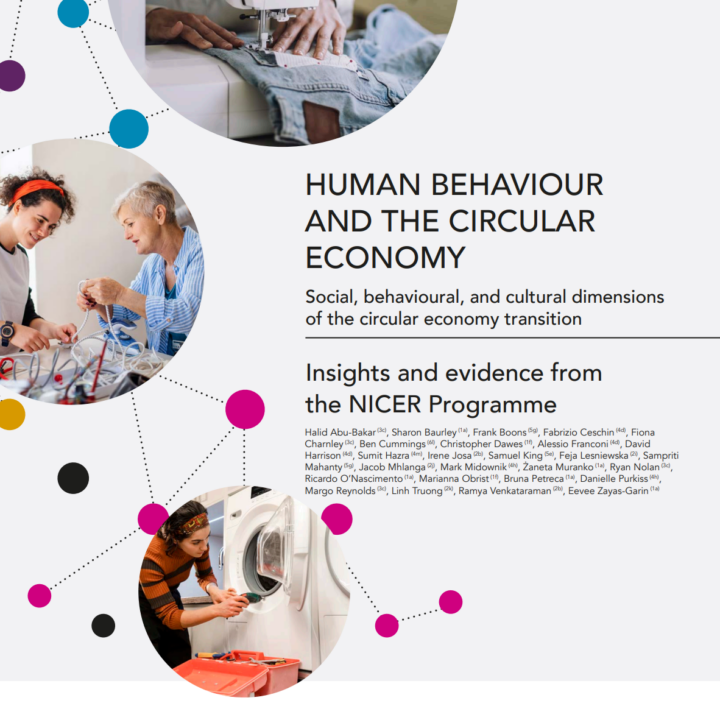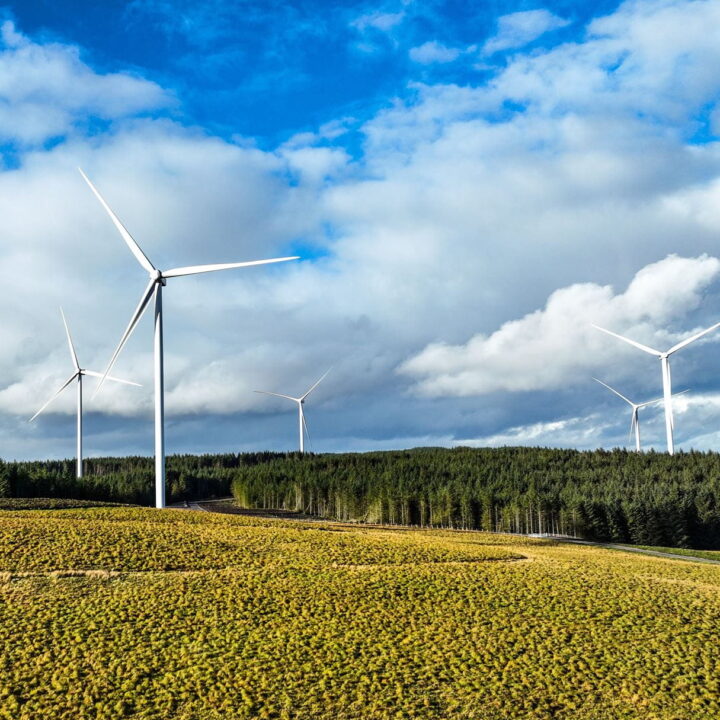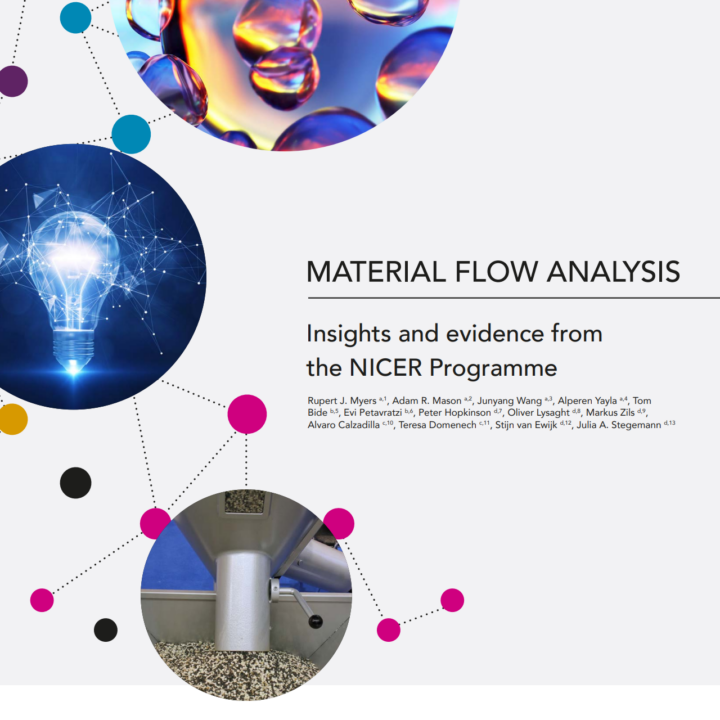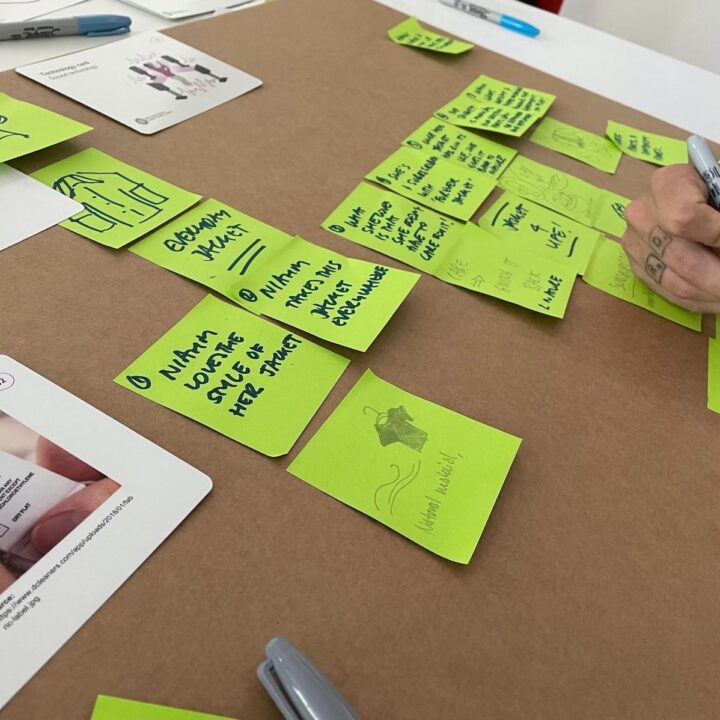NICER Outputs
NICER Case Study: Consumer Experience Scenario-Building Toolkit
The Consumer Experience Scenario-Building Toolkit by TCC is a card-based resource developed for use with consumers, designers, and industry to explore and re-design their experiences of the textile circular economy.
NICER Case Study: Materials Circularity (MC) Bacterial Cellulose Production & Fibre Spinning
The TCC Materials Circularity (MC) research strand produced bacterial cellulose by recycling three different bio-based waste streams for a sustainable polymer production. Find out more about the material and its uses.
NICER Case Study: REEs in the Magnet Value Chain
Rare Earth Elements (REEs) used in magnets are some of the most important technology metals for the energy transition. Find out how Met4Tech are investigating ways to secure future access to responsibly sourced REEs.















